Amazon Go Store: Is it the End of the Checkout Era?
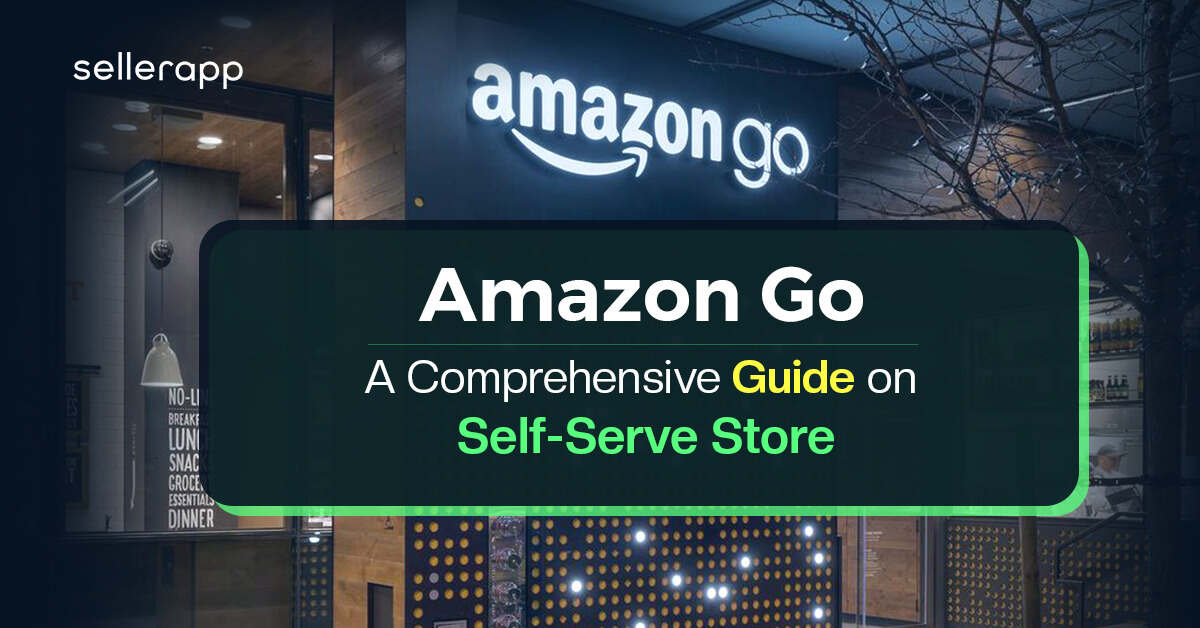
A world where shopping becomes an effortless, frictionless experience.
That’s what Amazon Go is all about.
Amazon Go is a revolutionary concept that utilizes advanced technologies to eliminate the need for traditional checkout processes in retail stores.
You enter through the doors and embark on a journey that feels like a glimpse into the future. Cameras and sensors elegantly track your movements, while advanced algorithms work tirelessly to understand your choices.
Forget about queues and trolleys, because in Amazon Go, you can pick up the products you desire and simply walk out.
Yes, you read that right!
No scanning, no waiting, just a shopping experience that flows effortlessly.
Let’s dive deeper into the realm of Amazon Go, uncovering the technology behind it, exploring its benefits, and discovering how it has forever changed the way we think about shopping.
Quick Guide
- What is Amazon Go?
- The inner working of Amazon Go
- Examining the upsides and downsides of Amazon Go
- Wrapping it up!
What is Amazon Go?
Amazon Go is a revolutionary retail store concept introduced by Amazon in 2018.
It represents a significant shift in the world of grocery shopping, as Amazon explores new ways to enhance the shopping experience for its customers. While Amazon had already been investing in grocery shopping through services like Amazon Fresh and Prime Now, they took bolder steps with the acquisition of Whole Foods in 2017 and the subsequent introduction of Amazon Go in January 2018.
Amazon Go, located in Seattle, offers an unparalleled and effortless in-store grocery shopping experience. Customers can enter the store by simply scanning the Amazon Go app on their smartphones, eliminating the need for traditional checkout processes. Once inside, they can immediately begin their shopping journey without any delays.
The magic lies in the simplicity of the process.
Shoppers can freely browse the store, select the products they want, and place them directly into their bags. When they’re done shopping, they can simply walk out of the store without having to touch anything or go through a traditional payment process with a cashier or a POS machine.
The success of Amazon’s Go
The profitability of Amazon Go can be seen through the impressive revenue it generates. Analysts have studied the customer traffic at Amazon Go locations and found that, on average, there are approximately 550 customers per day. This translates to an estimated annual revenue of around $1.5 million for each store.
To put this into perspective, traditional convenience stores of similar size typically generate just over $1 million in revenue according to data from the National Association of Convenience Stores. This indicates that Amazon Go’s revenue outperforms that of regular convenience stores.
These figures highlight the strong profitability of Amazon Go’s innovative approach to retail. By eliminating the need for traditional checkout processes and embracing advanced technology, Amazon Go stores have created a shopping experience that attracts a substantial number of customers and drives significant revenue. The success of Amazon Go demonstrates the potential for checkout-free models to thrive in the retail industry.
The inner working of Amazon Go
Amazon Go offers a unique and futuristic shopping experience that starts with customers downloading the Amazon Go app and creating an account.
Once these initial steps are completed, they can effortlessly enter the store by scanning their smartphones at the entrance.
Inside the store, an array of cutting-edge technology known as ‘just walk-out takes center stage. This includes an intricate network of sensors and cameras strategically placed throughout the store. These advanced systems work in harmony to track the items that customers pick up from the shelves, as well as any items they decide to put back.
When customers have completed their shopping, they can simply walk out of the store without the need for traditional checkout lines or scanning items. The magic happens behind the scenes as the store’s sophisticated technology automatically tallies up the selected items and charges the customer’s Amazon account accordingly. Shortly after leaving the store, customers receive their detailed receipts via email for easy reference.
This innovative checkout-free solution has the potential to redefine the shopping experience, providing unparalleled convenience and efficiency.
To help you understand Amazon Go better, we dissected the operational process in the following sections.
How does Amazon Go know who you are?
When it comes to self-serve stores, like Amazon Go, keeping track of who you are and who should be charged for the items you take requires a clever combination of technologies. And your trusty smartphone plays a vital role in this process.
To get started,
- You simply open your Amazon app
- Log in to your account
- Scan a QR code at the store’s entrance.
This action establishes your identity and links it to your shopping experience. But that’s not all—the store’s cameras might snap a picture of your face at this point.
Don’t worry, though, it’s not for a gallery display!
The facial recognition technology and nifty figure-tracking software work together to track your movements as you navigate through the store.
But there’s another intriguing aspect to consider.
Some department stores are already using the Device ID (DID) of your smartphone to enhance your shopping experience. This fascinating technology could also play a role in future self-service shopping adventures.
So, your smartphone, QR codes, facial recognition, and even the DID of your device are the behind-the-scenes superheroes that make self-serve stores tick. They work together to ensure that you’re recognized, your purchases are accurately recorded, and you can enjoy a seamless and convenient shopping experience.
How does Amazon Go know what you took?
Have you ever wondered how self-serve stores magically know what items you’ve taken?
Well, they employ a fascinating array of techniques, and the possibilities seem endless. While the exact workings of Amazon Go stores remain a bit mysterious, an Amazon patent suggests they likely utilize a combination of weight-sensing shelves and shelf cameras to track the number of items on each shelf.
These stores are equipped with clever systems that track people and their movements. By combining this information with the data from the weight-sensing shelves and shelf cameras, it becomes a breeze to match a person who entered the store.
Amazon Go introduces a delightful shopping companion known as the “Dash Cart.” These clever devices are designed to enhance your shopping experience with their compact size and integrated scale functionality. As you peruse the aisles and add items to your cart, the Dash Cart diligently weighs each product, ensuring accurate tracking of your selections. This smart innovation enables seamless monitoring of the items you place in your cart and those you decide to remove, making your shopping journey even more effortless and enjoyable.
Now, let’s explore some other captivating methods and technologies that have emerged to enhance the shopping experience.
Some stores offer self-scanning options where you can scan the items yourself as you shop. And for a touch of nostalgia, there are even checkout kiosks available. Additionally, these stores have RFID tags, which use short-range radio waves to precisely track the location of valuable items.
Recommended read: Amazon Review Software Tools to Increase Sales.
How does Amazon Go check out its order?
Instead of waiting in line or using a physical card, this innovative store leverages self-service kiosks and linked digital payment accounts to handle the checkout seamlessly.
Upon entering the store, customers can make use of the self-service kiosks to initiate the checkout process. These kiosks provide a user-friendly interface where customers can review their selected items and confirm their purchases. Through the linked digital payment accounts, such as their Amazon account, the store securely connects the customer’s profile to their transaction.
As customers exit the store, door trackers and advanced technology automatically detect their departure. Every item they pick up during their shopping trip is precisely recorded and associated with their account. To ensure transparency and accuracy, customers have the option to review their receipts directly on the Amazon Go mobile app before leaving the store. This allows them to verify the list of items and associated charges, providing peace of mind and confidence in the checkout process.
By eliminating the need for physical payment methods, such as cards or cash, Amazon Go has revolutionized the way customers complete their transactions.
Recommended Guide: Why is Amazon order management so important?
Examining the upsides and downsides of Amazon Go
Amazon Go, the checkout-free shopping concept, offers several advantages and disadvantages that are worth considering.
Upsides of Amazon Go
No hassle of checkout lines
One of the most significant advantages of Amazon Go is the elimination of traditional checkout lines. You can simply walk into the store, pick up the items you need, and leave. There’s no need to wait in long queues or deal with the hassle of scanning and bagging each item individually. This streamlined process saves customers valuable time and makes the shopping experience more convenient.
The ease of automatic billing
With Amazon Go, the entire payment process is automated. The store uses advanced technologies such as computer vision, sensor fusion, and deep learning to track the items customers take from the shelves. As you exit the store, your Amazon accounts are automatically charged for the items you’ve selected. This removes the need for manual payment transactions and simplifies the overall process.
Effortless shopping experience
Amazon Go offers a seamless and frictionless shopping experience. You can enter the store, find the products you want, and leave in a matter of minutes. There’s no need to navigate through aisles searching for specific items or wait for assistance from store staff. The convenience of quick and easy shopping appeals to busy individuals who value efficiency and want to make the most of their time.
Secure shopping environment
Amazon Go stores prioritize security and employ various technologies to ensure a safe shopping environment. The stores are equipped with multiple cameras and sensors that track your movements and item interactions. This surveillance system helps deter theft and provides a high level of security for both you and the store’s inventory. Additionally, the automated billing process reduces the risk of human error or fraudulent activities commonly associated with traditional checkout systems.
Downsides of Amazon Go
The necessity of an Amazon account
To shop at Amazon Go, you should have an Amazon account. This means that individuals who do not have an Amazon account or prefer not to create one may face a barrier to entry. While Amazon has a large customer base, there may still be potential customers who are hesitant to create an account or share their personal information for various reasons. This requirement limits accessibility for those who prefer not to engage with the Amazon ecosystem.
Requirement of Amazon Go app
In addition to having an Amazon account, you should also download and use the Amazon Go app on your smartphone. The app serves as a digital companion, allowing you to scan a QR code upon entering the store and tracking the items you select. While many people already use smartphones and apps, there may be individuals who don’t have access to smartphones or who are not comfortable using them. This app dependency may create a barrier for some potential customers who prefer more traditional shopping methods.
Limited products are available
Amazon Go stores typically have a limited range of products available compared to larger supermarkets or grocery stores. The focus is primarily on convenience items, ready-to-eat meals, snacks, and beverages. While this may cater well to customers looking for quick, on-the-go purchases, those seeking a wider variety of products or specialized items may find the selection limited. Customers with specific dietary needs or preferences may not find all the options they desire at Amazon Go stores. Therefore, individuals who require a more extensive range of products may need to visit other stores to fulfill their shopping needs.
Wrapping it up!
Amazon Go represents a glimpse into the future of retail, where technology plays a pivotal role in enhancing customer convenience and efficiency. With its unique blend of innovation and customer-centric design, Amazon Go sets the stage for a new era of retail experiences. As the concept continues to evolve and expand, it will be fascinating to see how Amazon Go shapes the future of shopping and inspires further advancements in the industry.
Recommended read: How Does Amazon Inspire Work?
Additional guide:
What Is the RMA Number on Amazon?




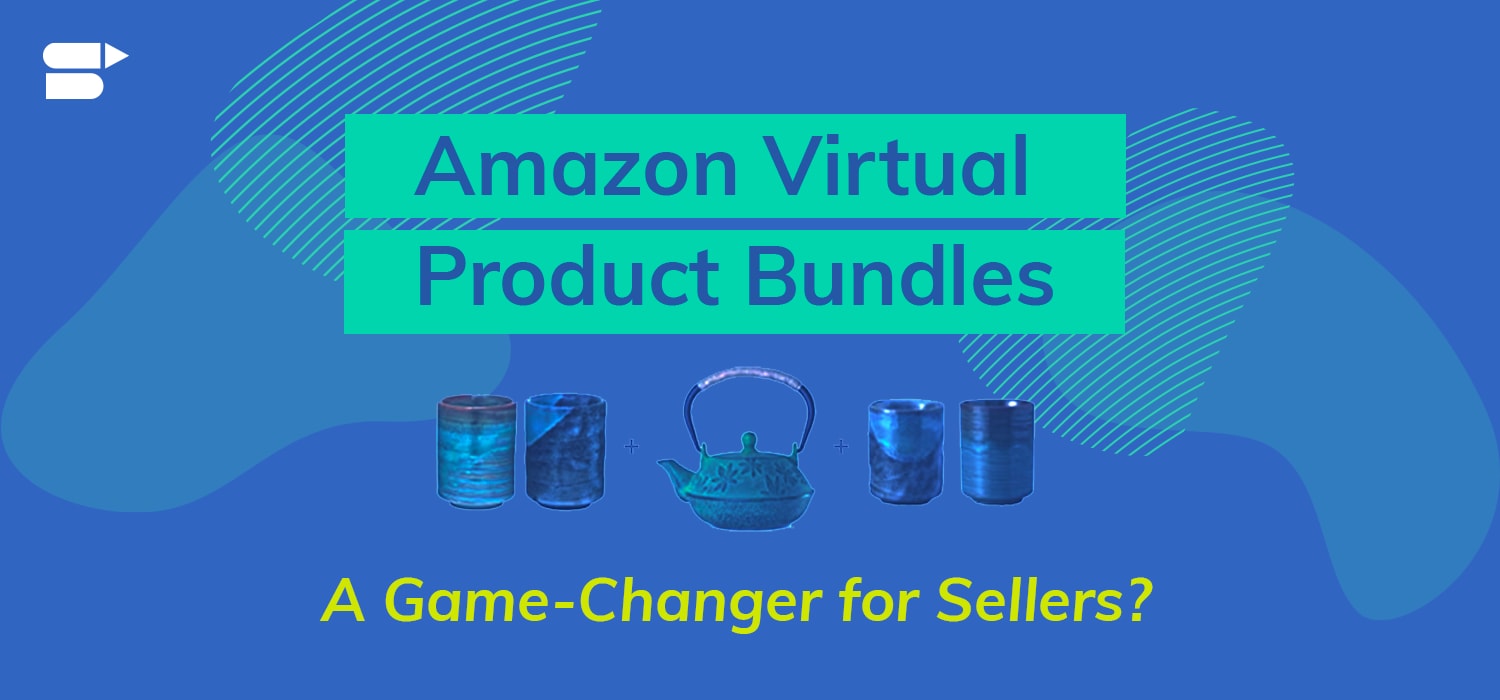

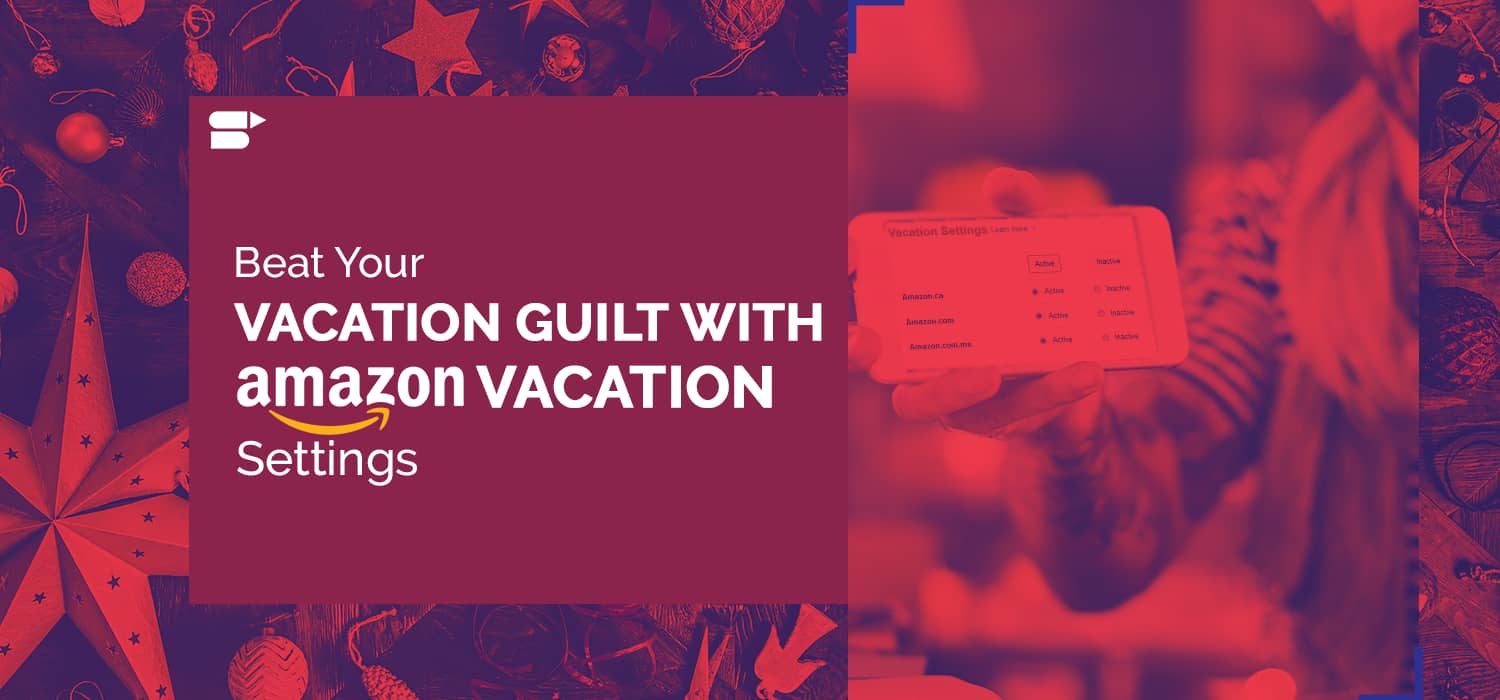

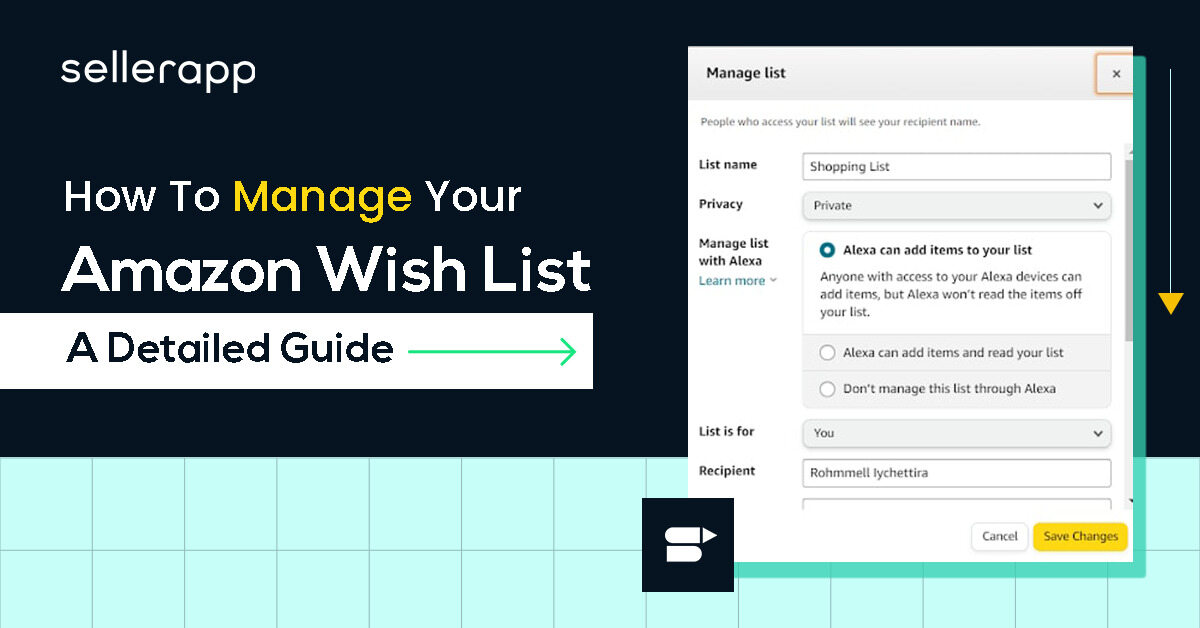

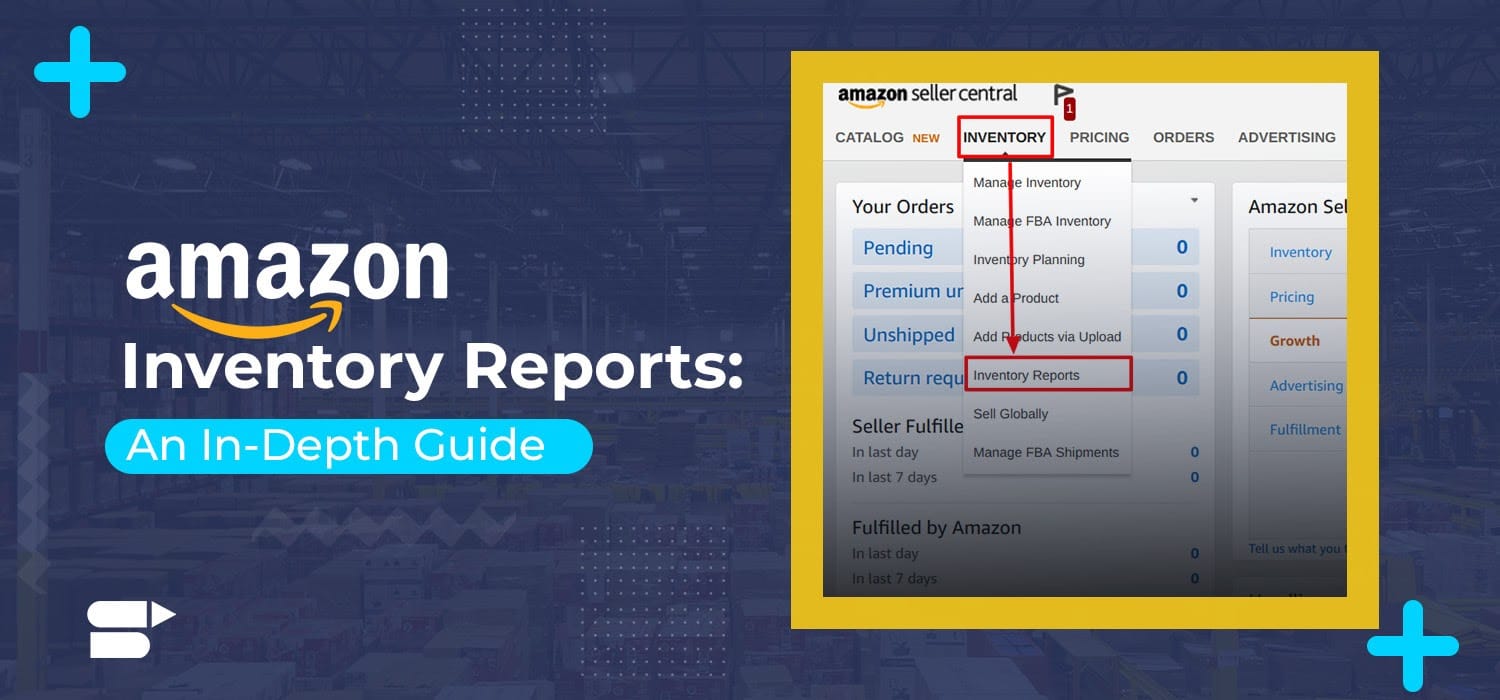
Halston
November 11, 2023Nicely Done & Written!!
Clare Thomas
March 15, 2024Thankyou!!
Gilbert
November 11, 2023Quality Content!!
Clare Thomas
March 15, 2024Glad you liked the article.